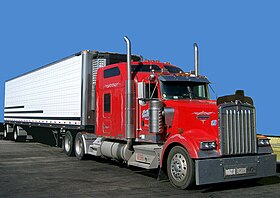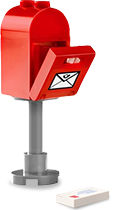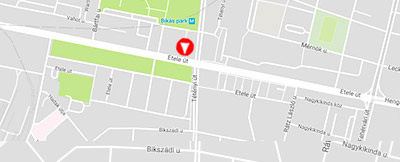
A két izomgép
Most egy 1969-es Ford Mustangot és egy 89'-es Kenworth W900 -at építettem meg "enyhén felturbózva".
Az alkatrészeket a Monster Truck - LEGO® 60055 -ból és random fekete alkatrészekrből építettem.
A két izompacsirta!
-------------------------------------------------------
Bocsánatot kérek egyes képeken a minőségért de este fényképeztem és nincsen profi fotós felszerelésem.
Egy kis ismertetésként:
Voltak a járműveknek olyan alkatrészei amiket nehéz volt megépíteni. PL:a Mustang hátúlján a lökhárítón lévő légterelőket:
 [A rendszámot ne nézzétek egy random alkatrészt kiszedtem a "kacatládából" és ráraktam hogy "Jóvanazúgy!"]
[A rendszámot ne nézzétek egy random alkatrészt kiszedtem a "kacatládából" és ráraktam hogy "Jóvanazúgy!"]
A kamionon is van egy ilyesmire hajazó "FekvőSpoiler" 
A kocsiről és a kamionról is vannak bontott képeim amin a bonyolultabb részeket mutatja be:

Nem tudom miért hátúlra raktam a turbót de most ott van és kész :D

És most beszúrok alúlra egy kis ismertetőt a ford mustangról:
| Mustang first generation | |
|---|---|

1965 Ford Mustang
|
|
| Overview | |
| Manufacturer | Ford |
| Production | March 1964 – June 1973 |
| Model years | 1965–1973 |
| Assembly | Dearborn, Michigan San Jose, California Metuchen, New Jersey Valencia, Venezuela Mexico City, Mexico[1][2] |
| Designer | Gale Halderman (1962)[3] |
| Body and chassis | |
| Class | Pony car |
| Body style | 2-door hardtop 2-door fastback/sportsroof 2-door convertible |
| Layout | FR layout |
| Related | Ford Falcon Mercury Cougar Mercury Comet Ford Ranchero |
The first-generation Ford Mustang was manufactured by Ford from March 1964 until 1973. The introduction of the Mustang created a new class of automobile known as the pony car. The Mustang’s styling, with its long hood and short deck, proved wildly popular and inspired a host of competition.
It was initially introduced as a hardtop and convertible with the fastback version put on sale in August 1964. At the time of its introduction, the Mustang, sharing its underpinnings with the Falcon, was slotted into a compact car segment.
With each revision, the Mustang saw an increase in overall dimensions and in engine power. The 1971 model saw a drastic redesign to its predecessors. After an initial surge, sales were steadily declining, as Ford began working on a new generation Mustang. With the onset of the 1973 oil crisis, Ford was prepared, having already designed the smaller Mustang II for the 1974 model year. This new car had no common components with preceding models.
Kenworth:
The engine sizes for the W900 range from 9 liters to 16 liters, and it accommodates up to a 625-horsepower engine. The W900 has front axles from 12,000 to 22,000 lb ratings, and rear axles from 23,000-lb single to 58,000-lb tandems. The "W" stands for "Worthington".
The W900 is still in production after over fifty years, although not much remains unaltered. The early 1960s W900 trucks are identifiable by their delicate external doorhandles, mounted just beneath the side windows. They also have larger ventilation windows in the doors and chromed grabhandles atop the radiator for tilting the hood. The W900's doors are called "bulkhead style" doors and along with bigger front windows and a fibreglass roof panel this is what sets them apart from the earlier Kenworth conventionals. The lower mounted "paddle-style" door latches arrived in 1972. In 1973 the hood emblem was changed for a simplified model with three rather than four red stripes. In February 1982 the design was switched to rectangular headlamps, bringing with it a change in name from W900A (which had been introduced in 1967) to W900B. The W900B also sits higher on the chassis than does its predecessor; in Mexico Kenmex continued to produce the W900A equipped with rectangular headlamps. In October 1987 the new W900S model arrived – this has the same BBC (bumper-to-back-of-cab) as the W900B but a sloped hood (hence the "S") for better visibility. This model is easily confused with the T800 but does not have that model's set-back front axle.
The original truck had a split, flat pane windshield which is still available for certain versions, although since December 1994 the T600's cab using a curved windscreen was added to the lineup. Originally it was only for the long Aerocab and also as an option on the daycab, and it only became available for the W900S in 2006. The flat windscreen is not available on the Aerocab or the extended daycab versions. Strangely, Kenworth offers the curved window either as a one-piece or as a two-piece with a divider in the middle. In March 1998 the very comfortable Studio Aerocab model was introduced.
In 1976 Kenworth introduced a more comfortable and taller cab for long journeys. Also, an even plusher version called the "V.I.T." was introduced, ostensibly to celebrate the American Bicentennial. V.I.T. stood for "Very Important Trucker", and most of these originally limited availabilities such as luxurious double beds and refrigerators entered the regular options list before long.
--------------------------------------------------------
Ennyi volt mára majd még töltök fel egy-két naplót.
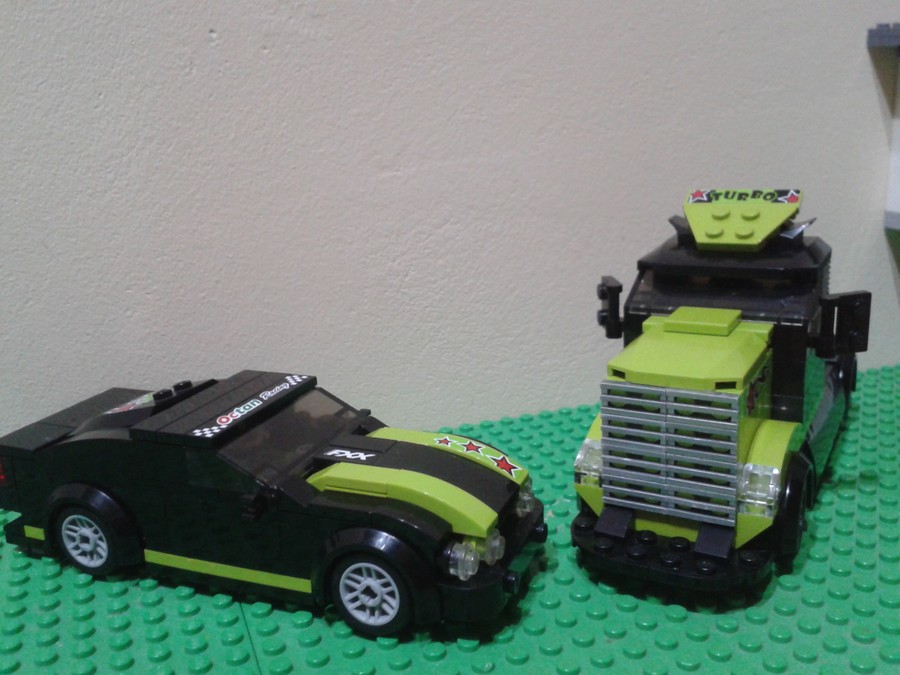
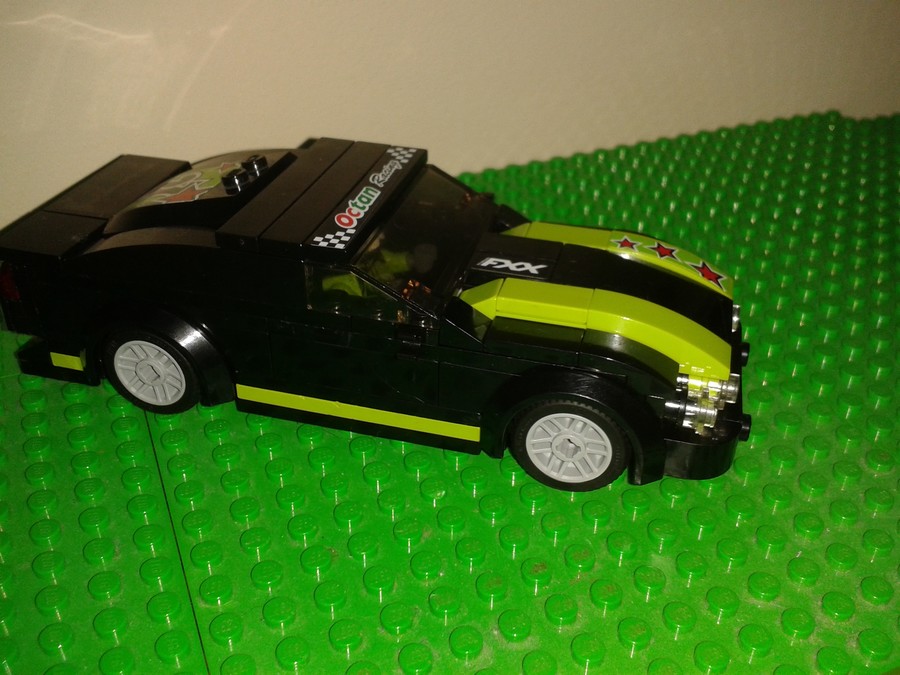
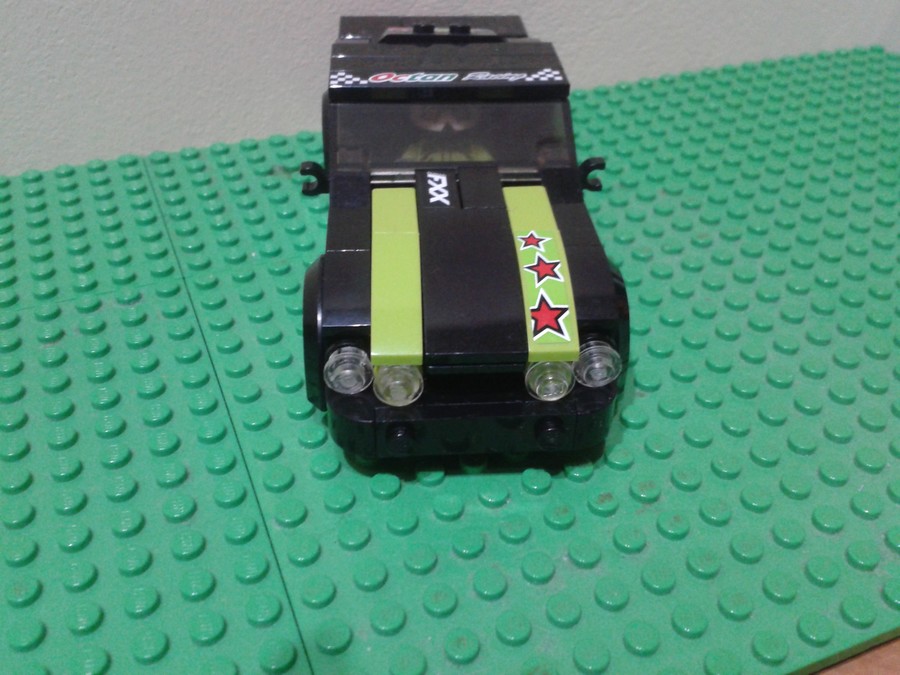

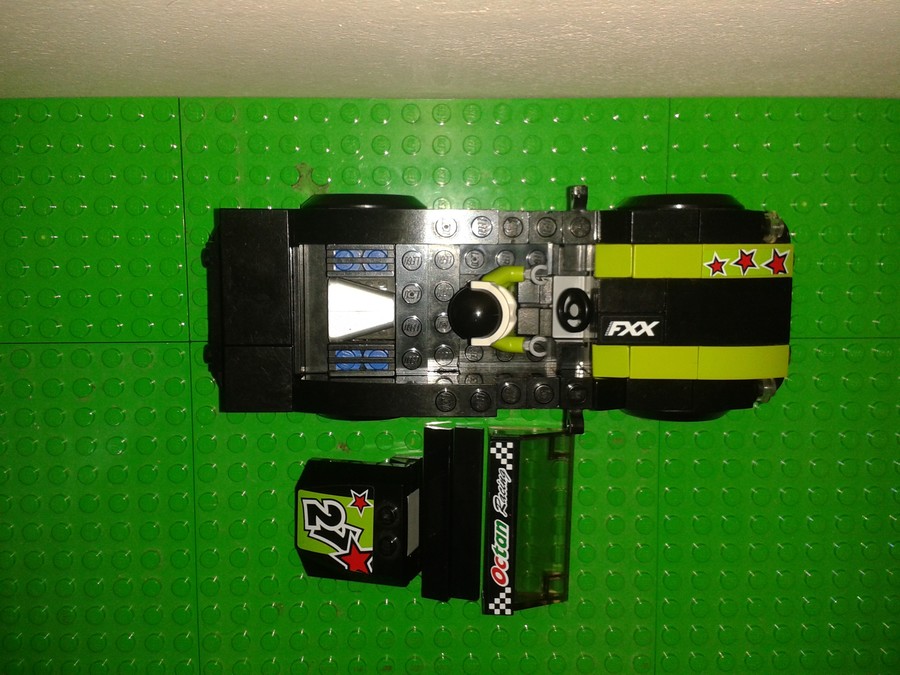

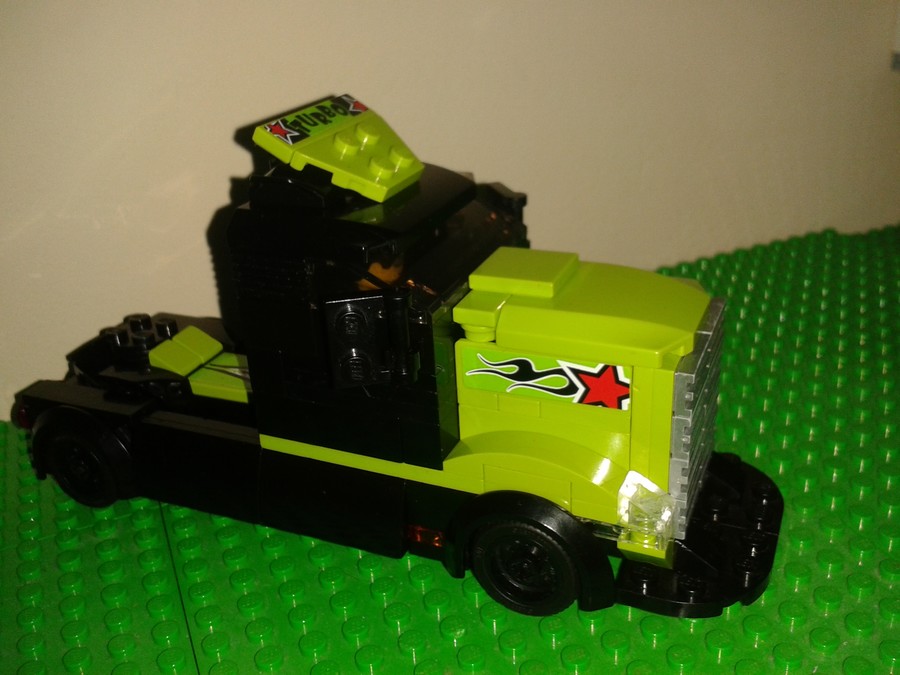
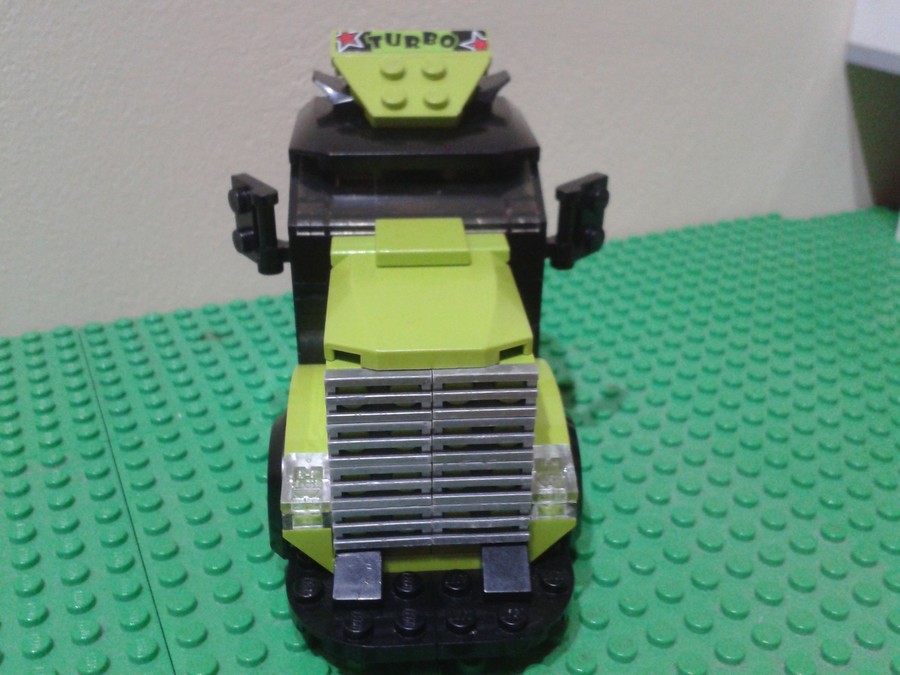
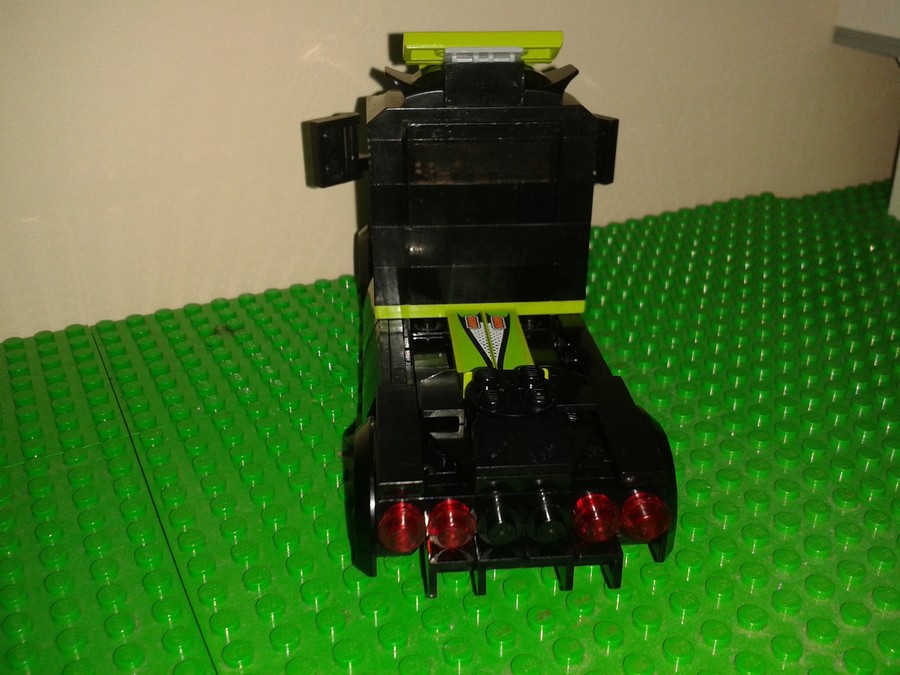
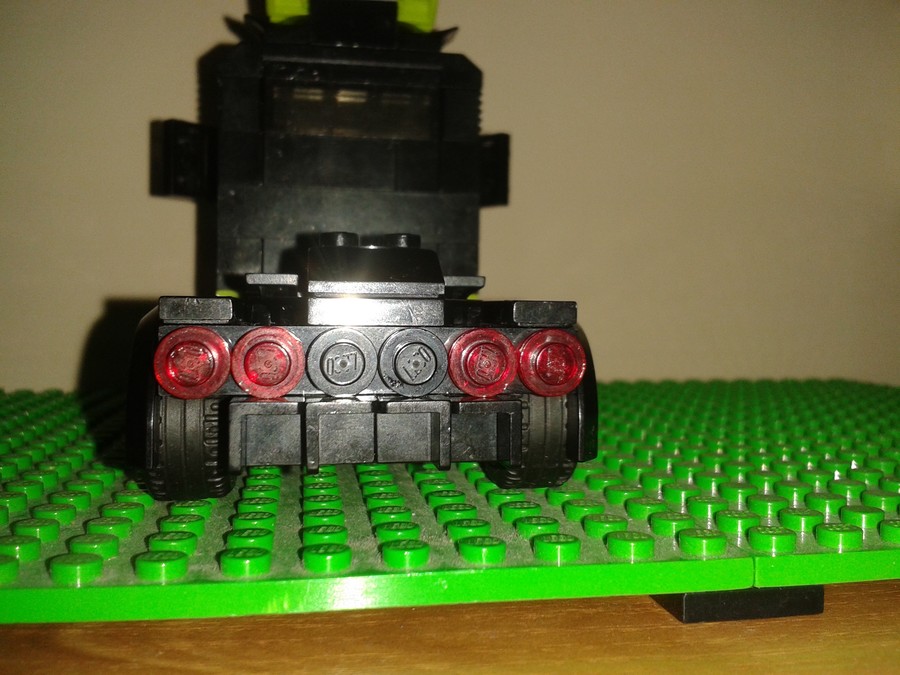
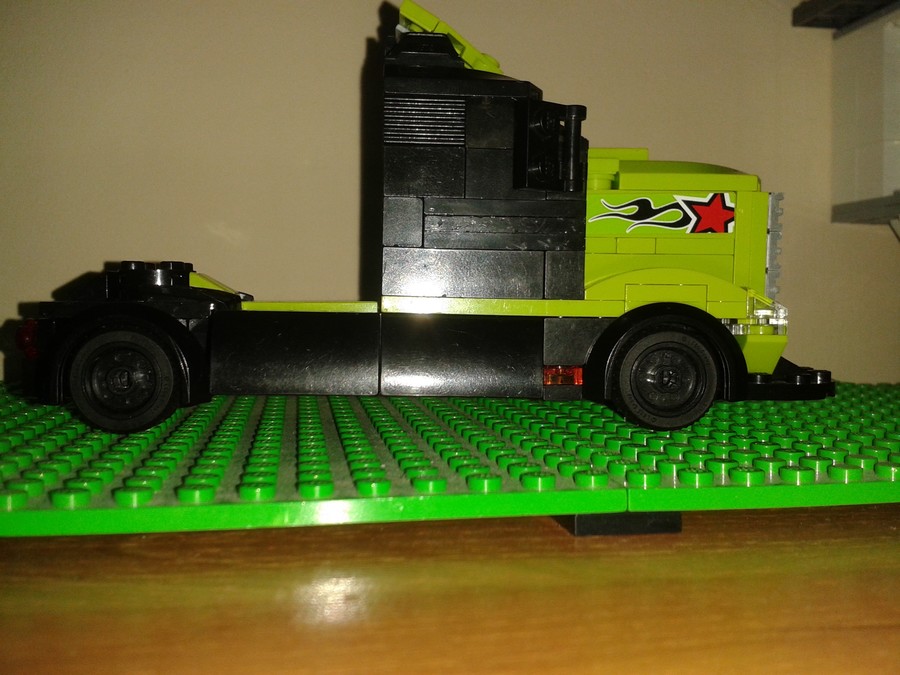
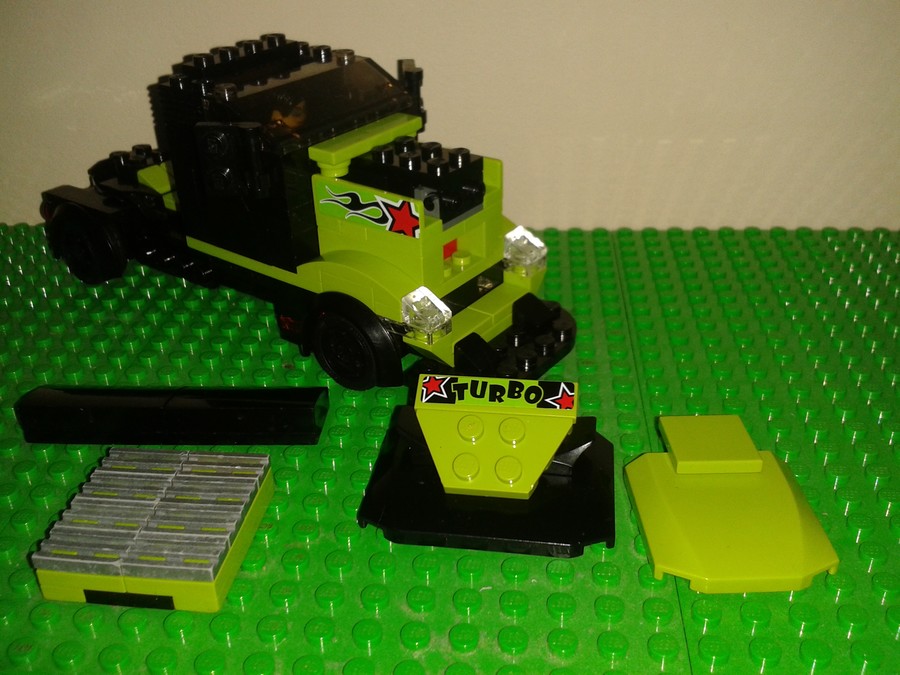
2017 október 4, 21:10


